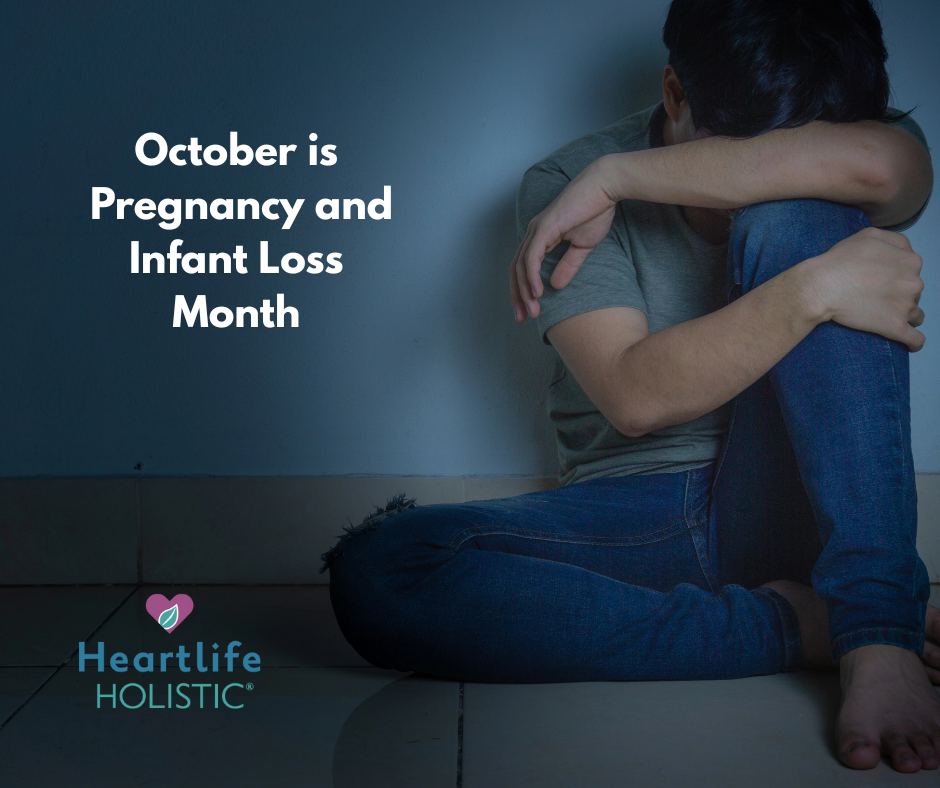Part two: Recovering from birth trauma
- Kathy Morelli

- Aug 13, 2018
- 3 min read
Originally posted August 14, 2018.

Last week, we discussed the story of Betty’s traumatic birth here. This week, we’ll discuss Betty’s healing plan from a traumatic birth. Betty ‘s husband helped her find a therapist who specialized in trauma and perinatal mood disorders by using Google and looking through Psychology Today profiles. Betty was fortunate in that she had babysitting assistance from her mother and mother-in-law. Betty also was able to take extend time off from work, as she had been steadily employed at the same company for many years, her work was well respected and she had an understanding supervisor. Not all woman have these options. Betty knew this and she was grateful for the foundation that she had in place.
Betty approached her first visit with her therapist with trepidation. Betty was cautious. Like many trauma survivors, she didn’t want to endlessly talk about her trauma, because, somehow, talking about the incident felt like it might be re-traumatizing to her. But she was feeling bad and she was curious about the new trauma treatments called Somatic Experiencing® (SE) and EMDR. She had researched EMDR and found there was 30 years of research supporting its efficacy, so she was hopeful.
Creating a space of safety and acceptance is essential in trauma therapy. The therapist was warm and welcoming and discussed with Betty that the therapy would move at her pace and be mindful of not overwhelming her. The therapist let Betty know she was in charge of her readiness to face her trauma and of the pace of the work. The first session was an intake session, where her therapist asked about why she was currently seeking counseling, her past psychiatric history and her general family, work and living situation.
Getting to know a client takes a while and the intake work goes on as the therapy progresses. As Betty recounted the sequence of her birth trauma, she felt as if it was therapeutic, as she it was difficult to talk in depth to her family and husband about it. They, too, were upset by the events. Part of session was spent discussing the emotional and psychological picture that is the aftermath of trauma. Some of the negative emotions and beliefs are depicted in the picture below.

Another part of the session was spent beginning the re-training of Betty’s nervous system to a calmer state using Somatic Experiencing® (SE). SE® gently reminds the nervous system to function within a more normal window of tolerance once again, so that the dramatic highs and lows are less pronounced. The trauma sessions moved forward, always at the pace where Betty was comfortable. Betty was always the catalyst for her own healing. She was ready to bravely process through her trauma, as her personal choice, and this was not judged as neither good nor bad. It was just where she was emotionally and when she was ready to do her work.
As the trauma sessions moved forward, other therapeutic interventions used were expressive art therapy, which helped depict timelines, fuzzy emotions and thoughts in such a way that could be more concretely discussed and felt. SE® was used in every session, to bring her back to her body and explore her nervous system in its resting and stressed states.
EMDR was introduced slowly, after an overview of the trauma had been achieved. From this overview, groupings of memories were identified and the sequence of the memories to reprocess determined.
Betty also incorporated lifestyle changes to self regulate and move her mind and body out of the traumatized state. She began exercising once again and she added yoga, as both exercise and yoga have much evidence to back up their efficacy in managing emotions. Betty also began a daily mindfulness practice, stopping and a few times day for 1 -2 minutes at a time to breathe, doodle, shake out her body, take a quick walk or force herself to laugh. Betty also chose to do some Reiki and craniosacral sessions, and she found a practitioner nearby and did this somatic work once a month. This helped her both on body based and spiritual levels.
In her case, as she had a very strong family background, Betty was feeling much better in about 4 months. Betty achieved her goals in therapy and ended treatment after about nine months. She didn’t suffer from complex post traumatic stress disorder (C-PSTD) in the same way as someone who was abused early in life as well as having a traumatic event occur as an adult. So, her healing trajectory was quicker than someone who has a long lifetime of trauma and abuse with which to grapple. Remember, everyone’s healing is at their own pace, and there is no contest. Be patient with yourself and be kind to yourself.




Comments